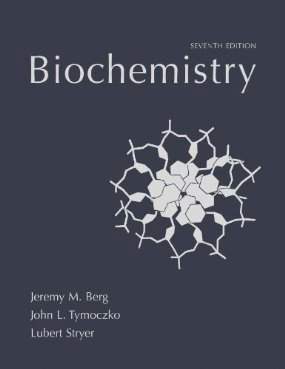Connecting...

For more information, please see full course syllabus of Biochemistry
Biochemistry Enzymes I
Enzymes are very large proteins with crucial biochemical functions in everything from digestion to the citric acid cycle. Cofactors, coenzymes, and prosthetic groups can all play key roles in enzyme functionality. Most enzymes are classified by the reaction they catalyze, such as alcohol dehydrogenase ( alcohol:NAD oxidoreductase). This enzyme binds an alcohol and an NAD⁺ and transfers electrons and hydrogen from the alcohol to the NAD⁺, turning the alcohol into an aldehyde. Catalysts speed up reactions but do not affect the equilibrium. Enzymes bind to substrates in order to catalyze their reactions and may even enclose them to sequester them from solution. The enzyme lowers the activation energy of the desired reaction by stabilizing intermediates or positioning reactants in favorable ways.
Share this knowledge with your friends!
Copy & Paste this embed code into your website’s HTML
Please ensure that your website editor is in text mode when you paste the code.(In Wordpress, the mode button is on the top right corner.)
- - Allow users to view the embedded video in full-size.










































 Answer Engine
Answer Engine





Start Learning Now
Our free lessons will get you started (Adobe Flash® required).
Sign up for Educator.comGet immediate access to our entire library.
Membership Overview